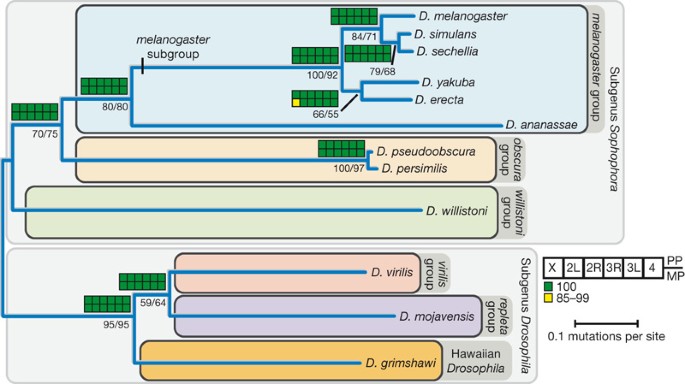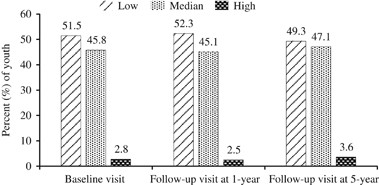- Select a language for the TTS:
- UK English Female
- UK English Male
- US English Female
- US English Male
- Australian Female
- Australian Male
- Language selected: (auto detect) - EN
Play all audios:
ABSTRACT THE population dynamics of the rare male sterility factors, or of gynodioecious species, which have a characteristically high proportion of female (male-sterile) and hermaphrodite
individuals together in a population, is interesting to both evolutionists and plant breeders. Many workers have discussed the evolutionary significance of such a mating system, which
promotes outbreeding with the proportion of females regulating the degree of outbreeding (for example, refs. 1–3). In _Origanum vulgare_ (Labiateae), Lewis and Crowe4 estimated that nearly
30 per cent, or even as many as 50 per cent, of females occur in various European populations. They showed that two loci govern the gynodioecy system; a dominant factor _F_ causes anther
suppression in combination with the recessive class _hh_ to give _FFhh_ and _Ffhh_ as females, whereas _HH_, _Hh_ suppress factor _F_ to yield the other seven genotypes as hermaphrodites.
Furthermore, certain segregation ratios suggested to them that the females are maintained through almost lethality of _ffhh_, lower viability of _HH_ genotypes and poorer seed output of
hermaphrodites than females. Thus if the fitness values are denoted by the matrix their data suggest that _z_ is nearly 0, _y_ = 0.25 to 0.50 and _x_>_w_. Access through your institution
Buy or subscribe This is a preview of subscription content, access via your institution ACCESS OPTIONS Access through your institution Subscribe to this journal Receive 51 print issues and
online access $199.00 per year only $3.90 per issue Learn more Buy this article * Purchase on SpringerLink * Instant access to full article PDF Buy now Prices may be subject to local taxes
which are calculated during checkout ADDITIONAL ACCESS OPTIONS: * Log in * Learn about institutional subscriptions * Read our FAQs * Contact customer support SIMILAR CONTENT BEING VIEWED BY
OTHERS THE EVOLUTION AND MAINTENANCE OF TRIOECY WITH CYTOPLASMIC MALE STERILITY Article Open access 14 October 2024 PLANT SEX CHROMOSOMES DEFY EVOLUTIONARY MODELS OF EXPANDING RECOMBINATION
SUPPRESSION AND GENETIC DEGENERATION Article 29 March 2021 WIDESPREAD COEXISTENCE OF SELF-COMPATIBLE AND SELF-INCOMPATIBLE PHENOTYPES IN A DIALLELIC SELF-INCOMPATIBILITY SYSTEM IN _LIGUSTRUM
VULGARE_ (OLEACEAE) Article 04 September 2021 REFERENCES * Whitehouse, H. L. K., in _Darwin's Biological Work_ (edit. by Bell, P. R., _et al._) (Cambridge University Press, London,
1959). Google Scholar * Crowe, L. K., _Heredity_, 19, 435 (1964). Article Google Scholar * Baker, H. G., _Evolution_, 20, 349 (1966). Article CAS Google Scholar * Lewis, D., and Crowe,
L. K., _Evolution_, 10, 115 (1956). Article Google Scholar * Jain, S. K., _Genetics_, 46, 1237 (1961). PubMed PubMed Central CAS Google Scholar * Holden, J. H. W., and Bond, D. A.,
_Heredity_, 15, 175 (1960). Article Google Scholar * Ross, M. D., _Genetics_, 56, 584 (1967). Google Scholar Download references AUTHOR INFORMATION AUTHORS AND AFFILIATIONS * Department
of Agronomy, University of California, Davis S. K. JAIN Authors * S. K. JAIN View author publications You can also search for this author inPubMed Google Scholar RIGHTS AND PERMISSIONS
Reprints and permissions ABOUT THIS ARTICLE CITE THIS ARTICLE JAIN, S. Gynodioecy in _Origanum vulgare_: Computer Simulation of a Model. _Nature_ 217, 764–765 (1968).
https://doi.org/10.1038/217764a0 Download citation * Received: 18 December 1967 * Issue Date: 24 February 1968 * DOI: https://doi.org/10.1038/217764a0 SHARE THIS ARTICLE Anyone you share the
following link with will be able to read this content: Get shareable link Sorry, a shareable link is not currently available for this article. Copy to clipboard Provided by the Springer
Nature SharedIt content-sharing initiative





